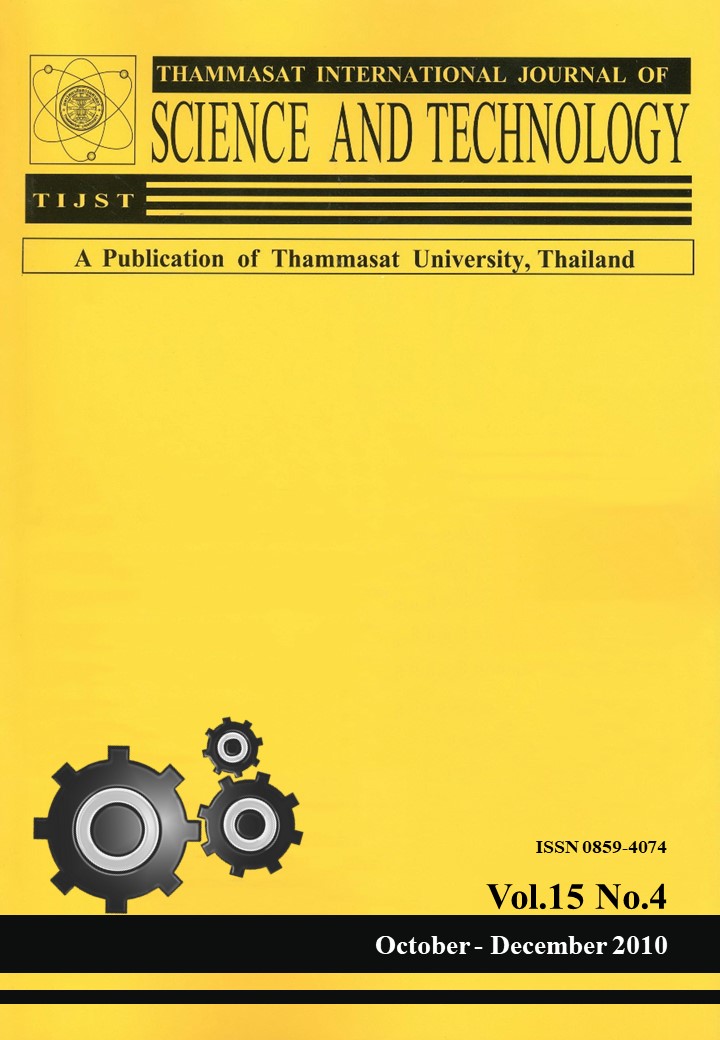Postharvest Use of Hexanal Vapor and Heat Treatment on Longan Fruit Decay and Consumer Acceptance
Main Article Content
Abstract
The effects of postharvest treatment with hexanal vapor for 2 h at 900 μL·L-1 at 5, 30, or 40 oC on longan fruit decay and consumer acceptance were studied during fruit storage at ambient temperature for 8 d and at 5 oC for 30 d after treatment. Hexanal vapor treatment at 5 and 30 oC reduced % fruit decay through 8 days and reduced severity through 5 days at ambient temperature storage. Hexanal treatment at 40 oC was not effective at reducing decay.. For fruit stored at 5 oC for 30 d, fruit showed symptoms of decay within 5 d, and decay increased through 30 d. Fruit exposed to hexanal at 40 oC showed the highest % decay and severity by 5 and 10 d, respectively. Hexanal treatment at 5 and 30 oC reduced decay incidence and severity through 30 d.. Consumer acceptance scores for quality of the fruit indicated that hexanal treatment reduced visual acceptability of the outer and inner peel and aril, and adversely affected aril aroma, flavor, and overall quality. Though hexanal vapor treatment at 5 and 30 oC effectively suppressed decay after harvest, the adverse effects on consumer acceptability must be overcome for the treatment to be commercially viable.


